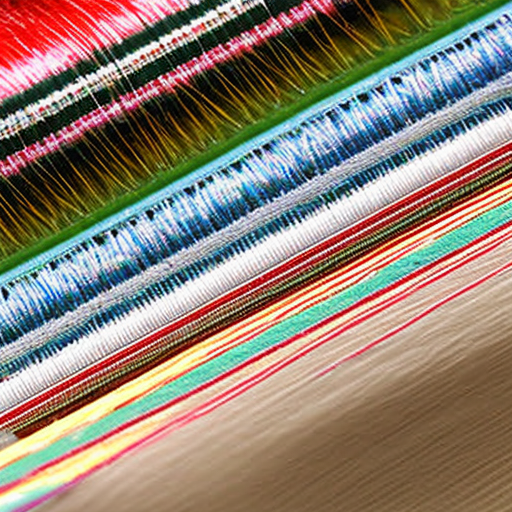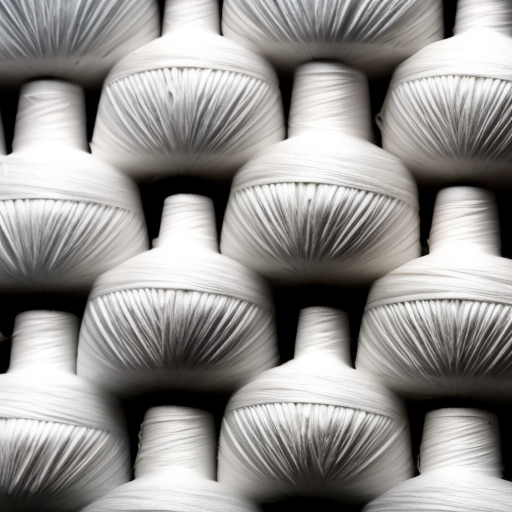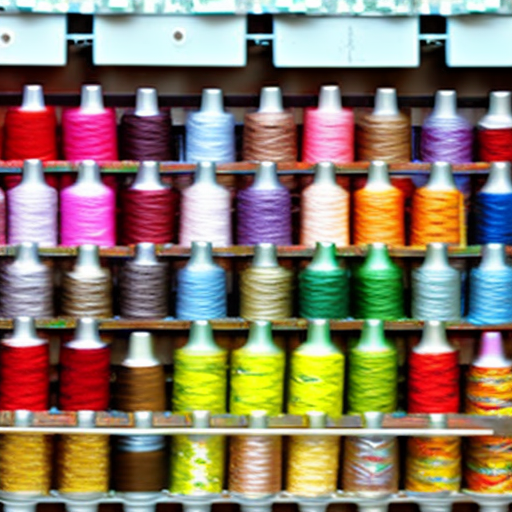
Introduction
Sewing thread plays a critical role in the success of sewing projects and the longevity of the finished products. Whether it’s clothing, upholstery, or any other fabric-based item, understanding the quality parameters of sewing thread is essential. In this article, we will explore the key factors that define a high-quality sewing thread.
Tensile Strength
One of the most important quality parameters of sewing thread is its tensile strength. Tensile strength refers to the maximum load that a thread can withstand before it breaks. A strong thread ensures that the seams can withstand stress and not break during normal use or wear and tear. Higher tensile strength often indicates a better-quality sewing thread.
Evenness and Smoothness
Another crucial aspect of sewing thread quality is its evenness and smoothness. Uneven or lumpy threads can cause skipped stitches or tension issues, leading to inferior finished products. Smooth thread glides through the fabric without snags, preventing unnecessary damage. Consider a smooth and even thread for a high-quality sewing experience.
Colorfastness
Colorfastness is particularly important when it comes to sewing threads used in colorful garments or fabrics. Low-quality threads may bleed color when exposed to water, heat, or friction, leading to fading or transfer onto the fabric. High-quality sewing threads are specifically designed to resist color bleeding, ensuring long-lasting vibrancy and preventing unwanted staining.
Fiber Type
The type of fiber used in the sewing thread greatly influences its quality. Common thread materials include cotton, polyester, nylon, and silk. Each fiber has distinct characteristics that contribute to thread strength, durability, and overall performance. Understanding the intended purpose of your sewing project will help in selecting the most appropriate thread fiber type.
Resistance to Abrasion
Sewing threads are subject to constant friction and abrasion when passing through the fabric layers and during everyday use of the sewn products. High-quality threads are engineered to resist abrasion and maintain their strength and integrity. Threads with good abrasion resistance contribute to the longevity and durability of the finished products.
Conclusion
When it comes to sewing projects, the quality of the sewing thread used can make a substantial difference in the final outcome. Tensile strength, evenness, smoothness, colorfastness, fiber type, and resistance to abrasion are among the essential parameters to consider while selecting an appropriate sewing thread.
By prioritizing high-quality sewing threads, you not only improve the overall appearance and durability of your creations but also enhance your sewing experience. Take the time to explore different thread options available in the market and choose the one that best matches your specific project requirements.





Really informative post, thank you for providing such useful details about sewing thread! #sewing #quality
David Potter: Great info – it’s amazing how much attention goes into different types of thread! #handmade #crafts
Jason Turner: Useful info, appreciate the level of detail you’ve provided on each quality parameter #sewingthreads #sewingtips
Couldn’t agree more with the other comments, this post is very helpful! #happysewing #threads
Very resourceful post – the quality parameters are explained in a straightforward manner. #sewinglovers #qualitythreads